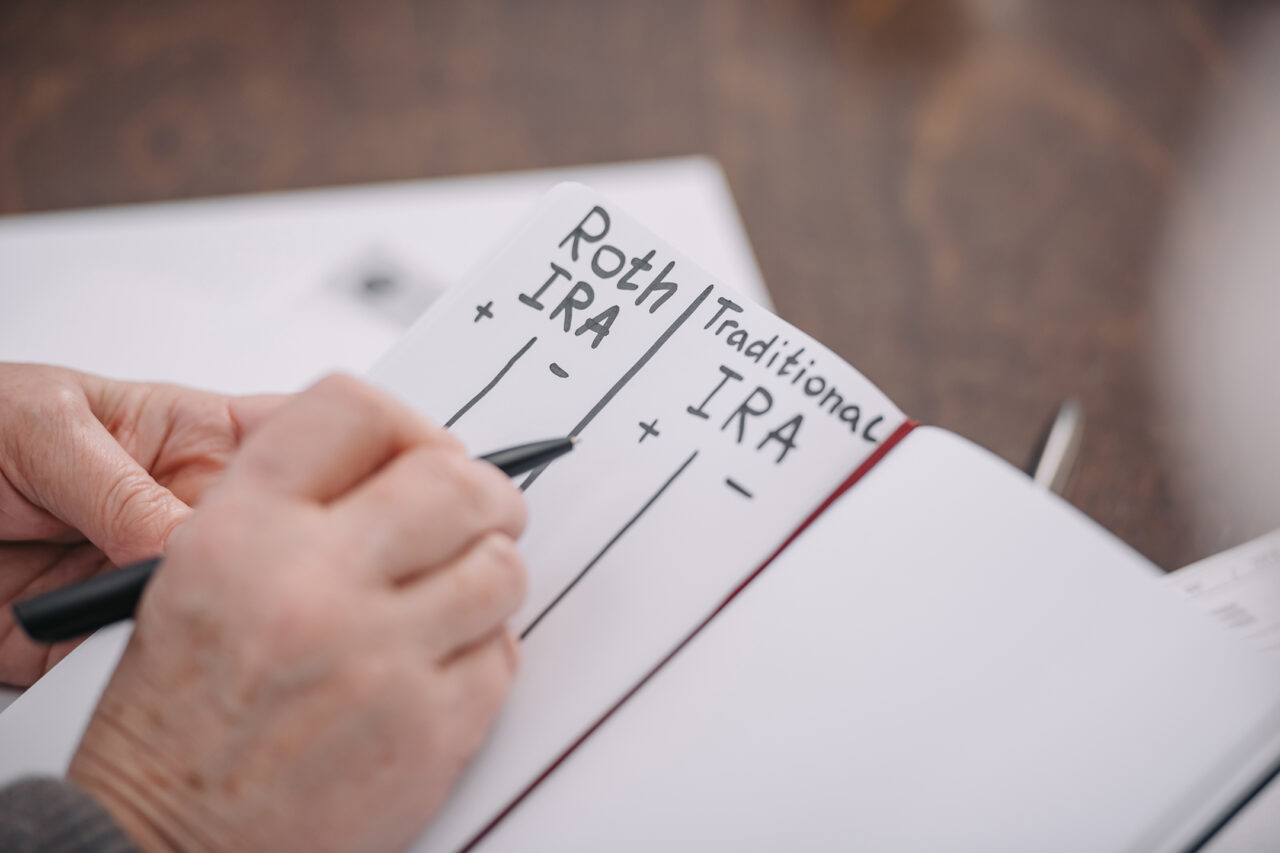
By Catherine Lightfoot, CPA, CHBC, Director of Healthcare at EEPB
A popular tax strategy for some, maybe new to others, this tax-favored vehicle for retirement planning may be going away after December 2021. As it stands, the House bill eliminates “back door Roth conversions” starting in 2022. Let’s walk through what this means.
First, a reminder about the difference between a traditional IRA and a Roth IRA. The money you contribute to a Roth IRA is after-tax dollars, meaning you will have already paid income tax on the funds you use to contribute to the Roth IRA. While you do not get an initial tax deduction for monies contributed to a Roth IRA, the investment continues to grow tax–free. This makes withdrawals you take out of your Roth IRA in the future completely tax-free distributions.
By contrast, a traditional IRA is funded with pre-tax dollars. You get a current tax benefit for the deduction and the earnings grow tax-deferred. But once you are eligible for withdrawals, you have to pay taxes on those withdrawals. A traditional IRA also has rules requiring a certain amount to be withdrawn and subsequently taxed. These are called required minimum distributions, or RMD. Since the Roth IRA does not have any of these requirements, it is a nice option to have in your investment/retirement portfolio.
The problem is not everyone is eligible for making traditional IRA or Roth IRA contributions. Traditional IRA contributions are limited or phased out if you are eligible to participate in another retirement plan. Roth IRA contributions are limited if your adjusted gross income exceeds certain thresholds, $140,000 or more as a single filer and $208,000 or more as a joint filer. This is where the “backdoor” Roth comes into play.
If you are a high earner with an income above the IRS’s income limit for Roth IRA accounts, you may still be able to create a backdoor Roth IRA. This is how it’s done:
- Open a traditional IRA account and fund a non-deductible IRA contribution.
- Soon after your contribution, you can convert your traditional IRA account to a Roth IRA account.
- A conversion of a traditional IRA to a Roth IRA is a taxable event. You would owe tax on the Roth IRA account value less the IRA tax basis (your contribution amount) at the time of the conversion. Ideally, there would be little to no gains if the conversion was near the time of the original non-deductible IRA conversion. This conversion would be tax-free, or very minimal.
If you already have existing IRAs, this tax conversion may not be as favorable. The IRA basis aggregation rules need to be evaluated to calculate your true tax cost on conversion.
The Build Back Better (BBB) bill would eliminate the so-called non-deductible backdoor and mega backdoor Roth conversions. Mega backdoor Roth conversions are more complicated and only available in certain 401k plans. The backdoor Roth IRA is certainly the more popular conversion type. The BBB legislation eliminates both of these conversion options, regardless of your income level, starting in 2022. An additional rule would end Roth conversions of any kind for high-income individuals.
Roth IRA accounts are not a complete retirement answer. However, they are a fan favorite for many. If you have enjoyed contributing to a backdoor Roth IRA, December 2021 may be your last chance.


